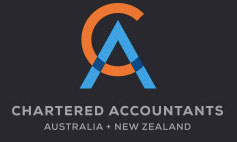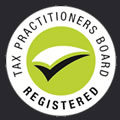6 July 2022
The ATO has just recently reported an increase in fake websites offering to provide tax file numbers (TFNs) and Australian Business Numbers (ABNs) for a fee, but then failing to provide the service – leaving taxpayers out of pocket.
The fake TFN and ABN services are typically advertised on social media platforms like Facebook, Twitter, and Instagram.
The advertisements offer to obtain your TFN or ABN for a fee. Instead of delivering this service, the scammer uses these fraudulent websites to steal both money and personal information.
It is free, quick and easy to use government services to apply for a TFN through the ATO, or apply for an ABN through the Australian Business Register (ABR).




